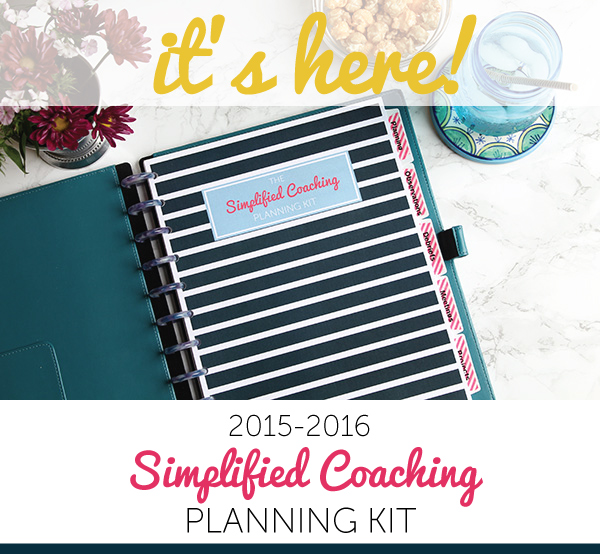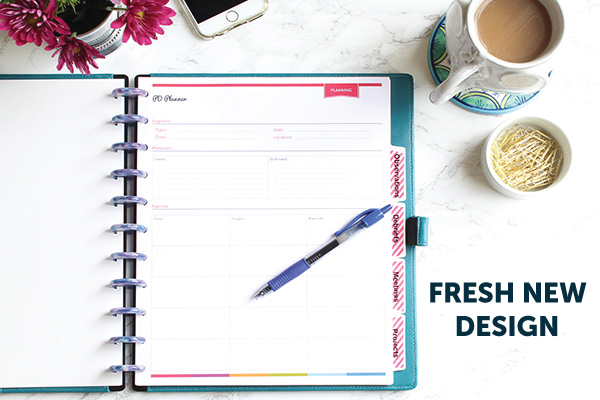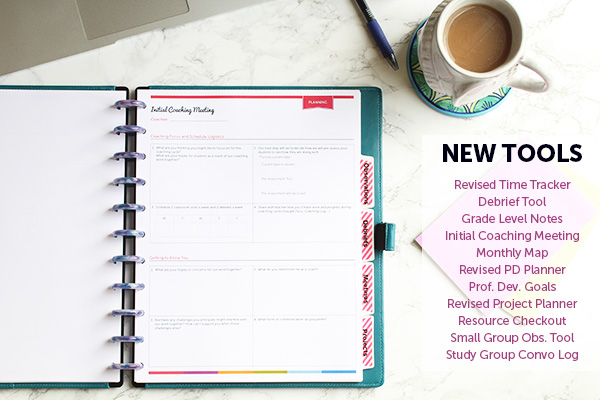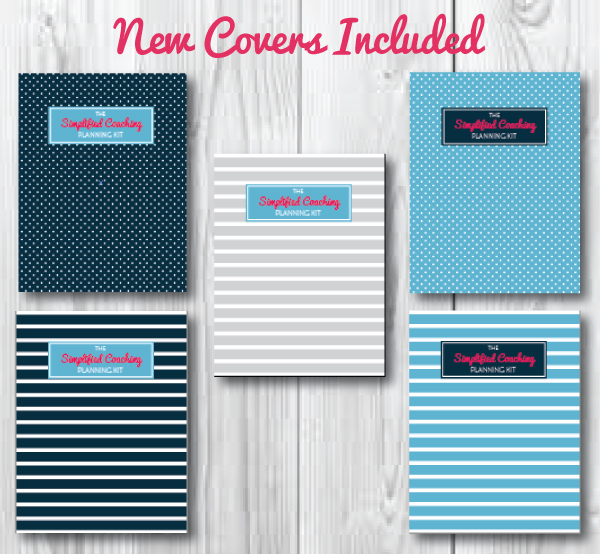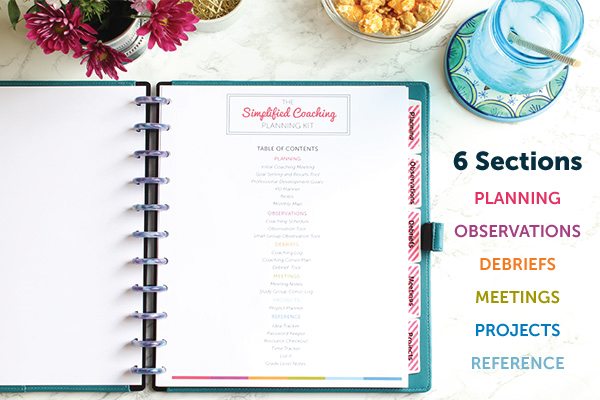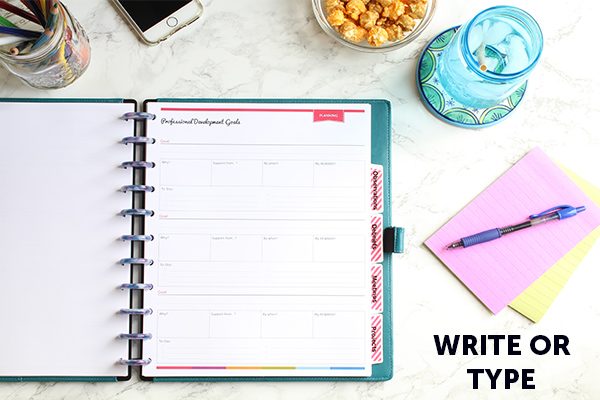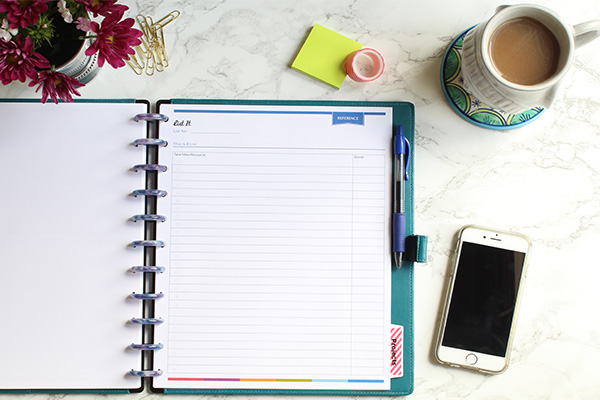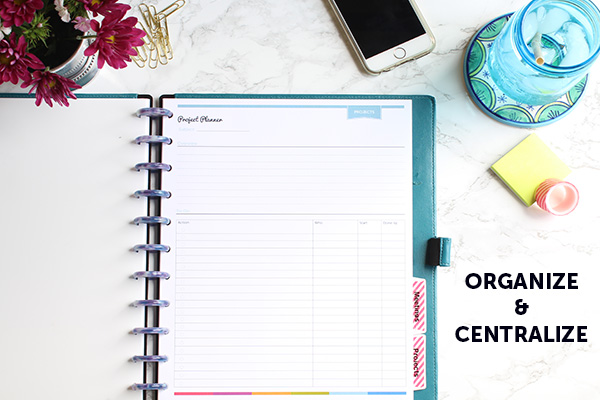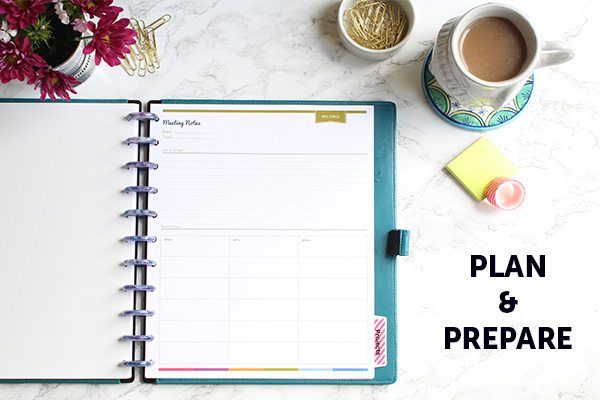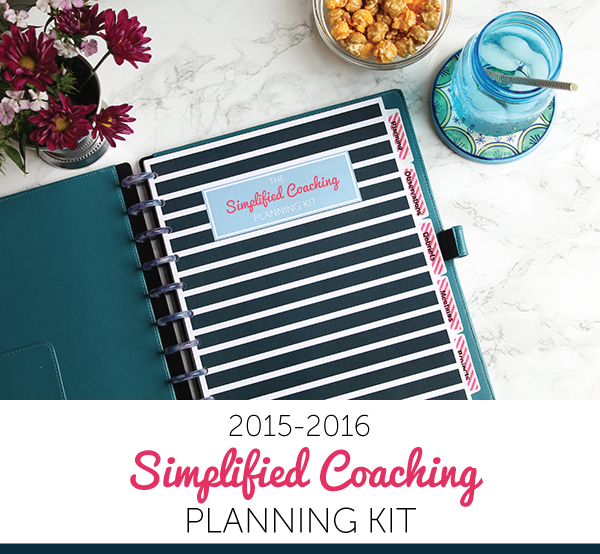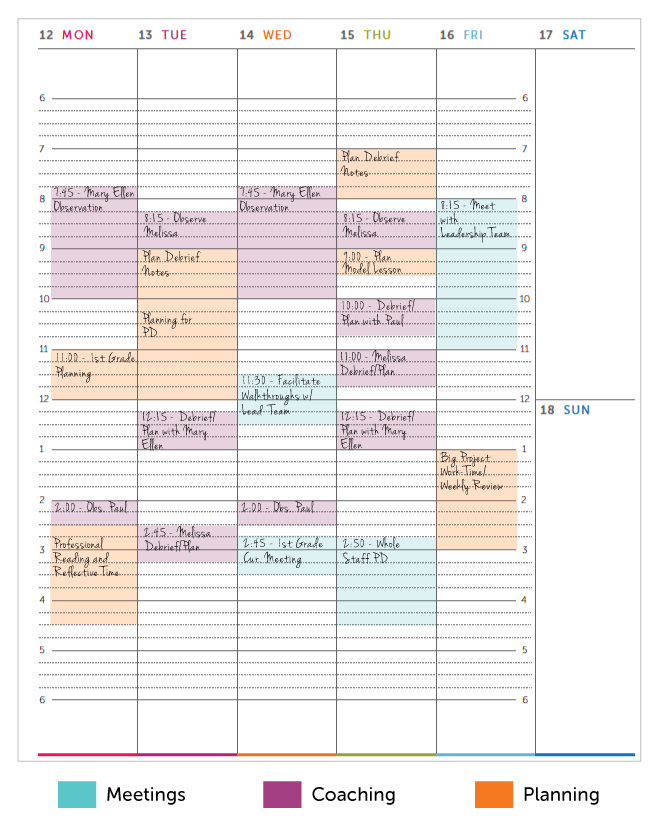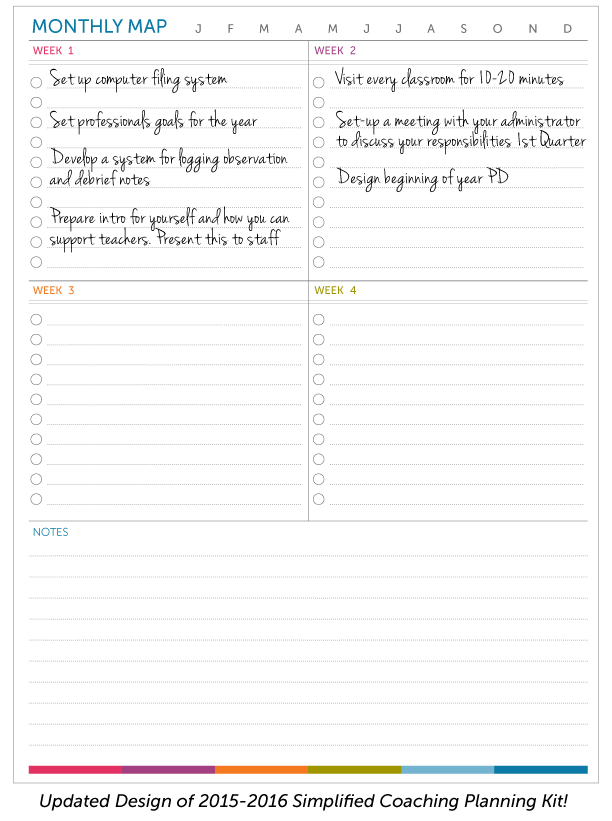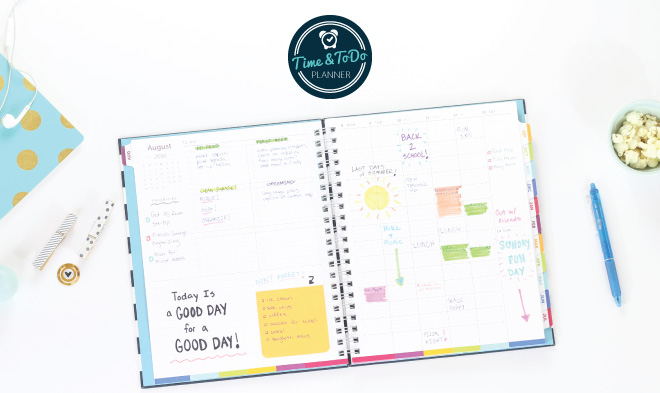Why You Should Start a Blog – And How to Do It
Teaching TipsAlright. I know our summer days are coming to a close and you’re likely getting in as much maxin’ and relaxin’ as you can before school starts up in a few short weeks {agh!}. But I’ve been wanting to tell you something for kind of a long while now, and I figured I should probably tell you now while you still have a little downtime.
You should start a blog.

Yes you! And Austin Kleon, the author of one of my favorite books Show Your Work!, just happens to agree:
“Eventually, I figured out how to install a blog, and that changed everything. A blog is the ideal machine for turning flow into stock: One little blog post is nothing on its own, but publish a thousand blog posts over a decade, and it turns into your life’s work. My blog has been my sketchbook, my studio, my gallery, my storefront, and my salon. Absolutely everything good that has happened in my career can be traced back to my blog. My books, my art shows, my speaking gigs, some of my best friendships—they all exist because I have my own little piece of turf on the Internet.” –Austin Kleon, Show Your Work!
The cool thing about blogging is that it can lead anywhere.
I started my blog 5 years ago and it’s an action I took that I continuously thank myself for. If you put in the work, you’ll get more than you can imagine out of it.
My blog has helped me accomplish so much. To name a few…I’ve become a way better writer, I’ve networked with other coaches I never would have known had it not been for the blog, I’ve created a visual resume of my work, and I’ve created a strong foundation for amazing adventures I hadn’t even planned for like starting my Etsy shop and launching my first online business with the Time & ToDoPlanner.
Your blog will become your online home. A place to share your work and inspire others, connect with people all over the world, and just put something out there that is uniquely you. It will be all yours and you can take it in whatever direction you choose.
Are you with me?!
I sure hope so, because we seriously need some more coaches out there showing off their work.
Alright, let’s get to the “how-to” part. Don’t worry, it’s really easy and your future self will say thank you. Just follow the three steps below and you’ll be up and running with your very own blog in no time.
1. REGISTER A DOMAIN NAME
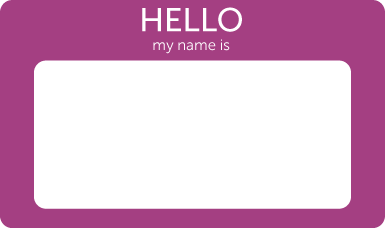
This just means choose a name for your website. Take some time to think about this one, but don’t obsess about it and let it hold you up from taking action. It can be as simple as your name, or relate to where you want your blog to go. Brainstorm and write down as many ideas as you can. When you think you’ve got a few names to run with, head over to DreamHost and see if your name is available by entering it in the box that looks like this:

You’ll also need to host your domain name. Hosting is like renting space on the web to display your blog. DreamHost has great rates and gives you your domain name for free if you decide to host with them.
2. INSTALL WORDPRESS

WordPress is a blogging software and the one I’ve always used, know how to use, and really like. There are others such as Blogger and SquareSpace, but WordPress is definitely the platform most commonly used. DreamHost will walk you through all the steps to get it installed and set-up.
Step two, done. Now you officially have a blog and all you really need to do at this point is add good content that people want to read. Then, when you’re ready, you can move on to Step 3…
3. SPICE IT UP!
When I first started my blog, it was super simple and that was cool, because you don’t need anything fancy to get started. But as I went along, I started to make small tweaks and changes to spice up the look a bit. And lots of small changes have added up to the site it has evolved into today.
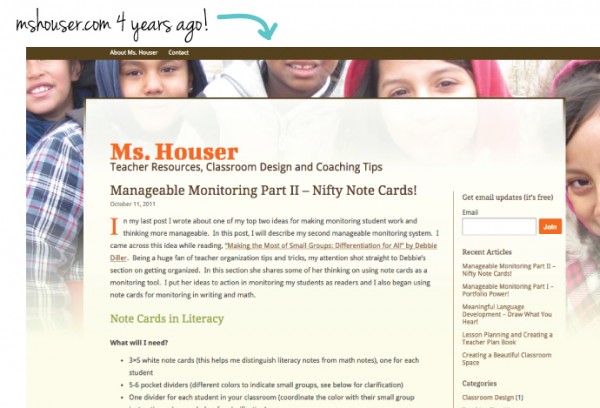
WordPress has lots of ready-to-go themes to get you started. I use WooThemes, and they have a ton of easily customizable templates to choose from. Elegant Themes also has some cool templates.
And that’s it!
Now just keep at it.
Maybe you set a goal for yourself to write one post per week. Then maybe you’ll start getting some comments, and more and more visitors each week, and then from there…who knows the places you’ll go!
If questions come up, let me know!…I’m happy to help.
Enjoy these last few weeks of summer, but maybe also take some time to start a blog too. Wink, wink.
Talk to you soon,
![]()

